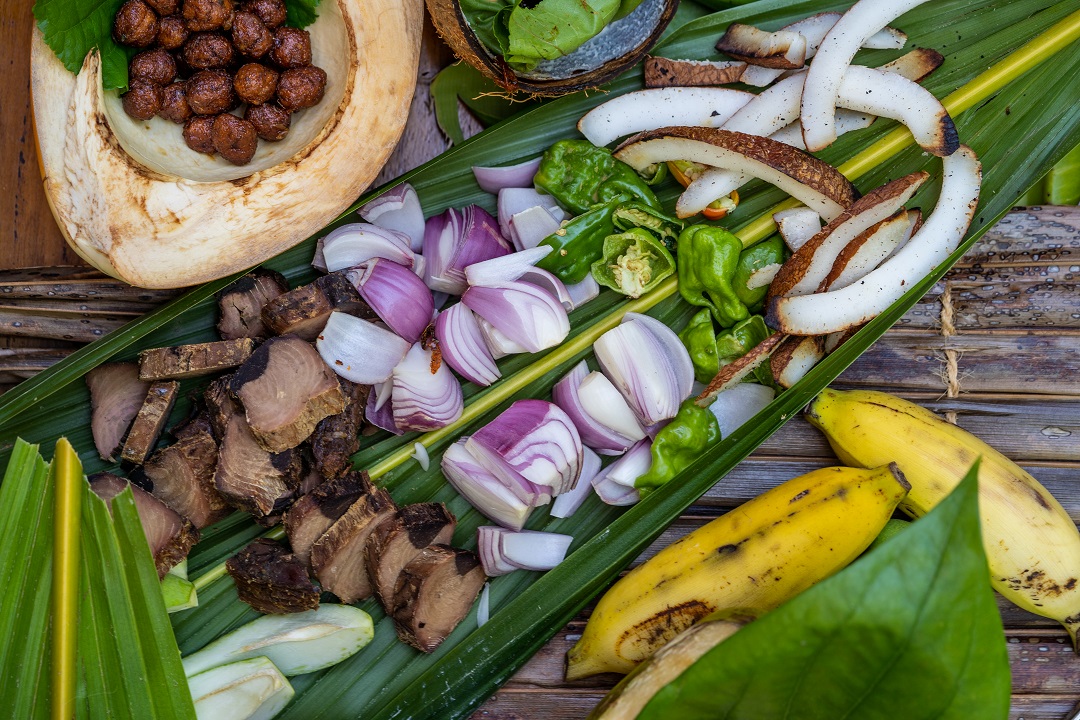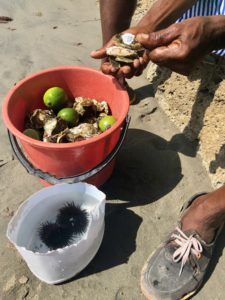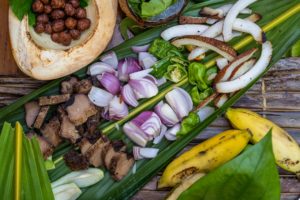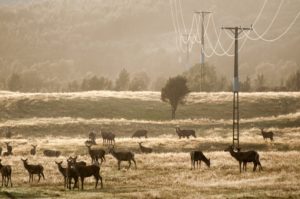Climate adaptation is just one benefit of community-based tourism. Let’s learn why. Anyone who has worked in development or conservation knows that securing funding is one of the biggest, most time-consuming challenges. Tourism is one way to generate and channel funds toward local organizations fighting the climate crisis. This is especially true for community-based and regenerative tourism. Destinations with assets that attract tourists, such as rich cultural heritage and biologically diverse natural resources, are often on the front lines, requiring financing to adapt to climatic threats, from rising sea levels to increased droughts and flooding.
What is Climate Adaptation?
Climate adaptation means adjusting to the current and future consequences of climate change. Consequences include sea-level rise, reduced food security, and increased storm surges. Adaptation focuses on climate justice. This means ensuring those most negatively affected by climate change have the resources necessary to adjust. Global mitigation efforts are also necessary to cut emissions and keep warming below 1.5 degrees Celsius. But local adaptation measures are crucial to ensuring the most vulnerable populations are safe and secure. Now let’s learn how community-based tourism can support climate adaptation.
What is Community-Based Tourism?
According to Planterra, community-based tourism is rooted in social and environmental justice. Where enterprises are locally owned, income stays in the community, and profits are invested in local development and environmental projects. Tourism can positively impact communities worldwide by creating jobs and training opportunities. Community-based tourism is also one of many essential tools for climate adaptation because it:
- Channels finance towards local communities and organizations
- Supports local economies and reduces emissions from imports
- Drives environmental conservation and ecosystem restoration efforts

-
Channeling International Finance Toward Local Communities… A Benefit Of Community-Based Tourism
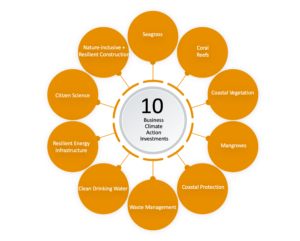
Much of the control of finance and decision-making surrounding climate adaptation is held at the national and international levels, often failing to support local actors to be active agents of change. A 2021 review found that only 46% of finance committed from international sources for climate adaptation was intended to give agency to local actors. Solimar is working on USAID’s Climate Adaptation Project (CAP) in the Maldives to scale innovative climate change adaptation solutions and enhance the climate-adaptive capacities of community organizations, local governments, and the private sector. The project, co-financed by USAID, aims to drive sustainable and inclusive growth by engaging local businesses to invest in nature-based solutions to climate change. By investing in climate adaptation, community-based tourism businesses benefit from the triple bottom line: improving revenue, enhancing community resilience, and protecting and restoring nature.
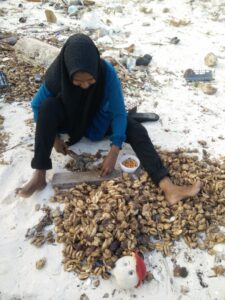
-
Supporting Local Economies and Reducing Emissions from Imports… A Benefit Of Community-Based Tourism
Local economies produce fewer emissions, as their products and services travel shorter distances to arrive to the consumer. Spending money with locally-owned businesses also supports the network of other local suppliers that may need more access to international markets. Island Zephyr Guesthouse in Baa, Goidhoo in the Maldives was constructed with thatch roofs made from coconut leaves and coir rope woven by local women, and its beds were built from breadfruit trees that were cut down to build nearby houses. Bread, flowers, and seasonal produce are also sourced from local growers and producers, creating synergistic experiences for tourists to see where their food is coming from. Tourists can also participate in farm tours and cooking classes. Not only are these products more authentic, but they also have a lower carbon footprint and distribute benefits from tourism throughout local communities.
-
Driving Environmental Conservation and Ecosystem Restoration… A Benefit Of Community-Based Tourism
By developing community-based tourism, destinations can conserve and restore the biodiverse ecosystems on which their businesses rely. Marine ecosystems in the Maldives, such as seagrass beds, coral reefs, and mangrove forests, are essential for resilience to climate impacts as well as cultural heritage preservation. If locals, businesses, and visitors alike celebrate these ecosystems, it will raise awareness about their contributions to climate adaptation. The marine biologists of Maldives Underwater Initiative (MUI) at Six Senses Laamu began collecting data on marine life in 2011. Just ten years later, the entire atoll was designated as a Hope Spot by Mission Blue.
Visitors can experience these unique environments through various tours and experiences and participate firsthand in MUI’s research activities and community outreach. Six Senses also allocates a portion of its revenues to local conservation and community development projects. So, just by visiting the resort, guests directly fund these projects, which are crucial for climate adaptation.
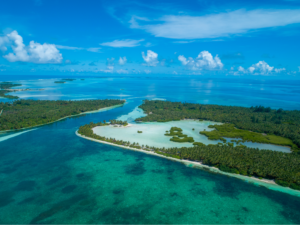
How to Support Community-Based Tourism Businesses
The best way to support community-based tourism is by choosing locally-owned, regenerative businesses when deciding where to stay on vacation. One way to find them is by searching for sustainable tourism certifications or within membership networks with criteria for hotels, holding them accountable for environmental, social, financial, and operational standards. Some of these include:
- B Corp Certification
- Biosphere Tourism
- Earth Check
- Global Sustainable Tourism Council
- The Long Run
- Regenerative Travel
By supporting community-based tourism, we can directly support organizations working on the ground for local climate adaptation. Channeling funds into local economies puts critical finances in the hands of organizations that can have the most significant direct impact on conservation, restoration, and other nature-based solutions to climate change.
Are you interested in learning more about how community-based tourism is an essential tool for climate adaptation? Are you a tourism business that wants to take a more active role in climate adaptation in your region? Visit Solimar’s Institute for Sustainable Destinations website today and enroll in one of our courses.

